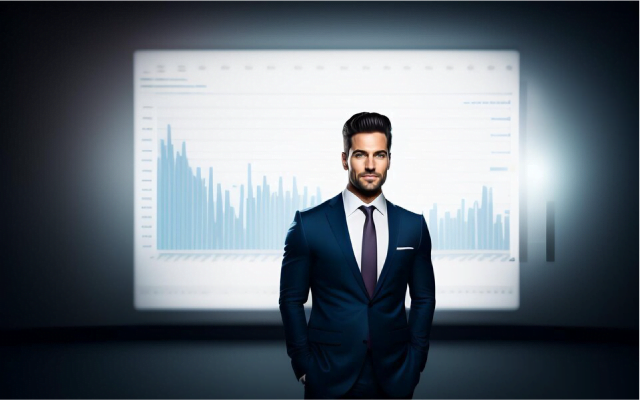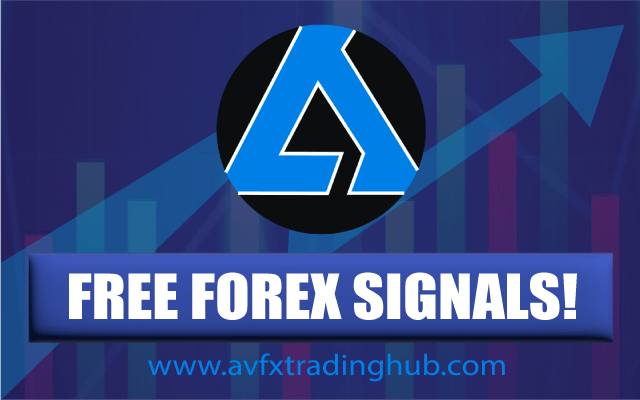Learn to Trade Forex, Crypto and Indices at AVFX Trading HUB
Day Trading Setup
First and foremost, you must have a dependable, quick computer or laptop and a steady internet connection. Traders frequently choose using numerous monitors to view various charts and data at once. It is essential to have access to a reliable trading platform that offers cutting-edge charting tools and real-time market data.
Try Synthetic Indices Trading!

Is $500 enough to day trade?
A common misconception is that you need a lot of money to begin day trading, but you can actually get started with much less. With a good strategy that gives you a good risk-to-reward ratio, you can start day trading with as little as $500. Setting up two or more monitors helps you get a better view of what is happening in multiple timeframes in the market.
What determines Day Trading success?
Day trading’s success depends on having a strong risk management plan, setting realistic profit targets, and practising discipline.
You need to make informed trading decisions based on trustworthy news sources, like MyFxBook, regularly reviewing and analysing charts to identify areas for improvement.
Overall, a well-equipped trading setup combined with proper risk management and disciplined trading practices is key to successful day trading.
Best Day Trading Setup equipment every trader must have
- Internet Connection
- Computer
- Trading Desk
- Smart Phone
Fast Trading Internet
High-speed internet connection is essential for real-time data transmission and swift trade execution. Optimal speeds include a minimum download of 25 Mbps and upload of 3 Mbps, with a preference for fiber-optic or cable connections over DSL due to lower latency. Wired Ethernet connections are recommended for stability. Traders often choose plans exceeding 100 Mbps for a competitive edge.
Day Trading Computer Setup
There is no one way to figure out how many more computers you need; it depends on how many charts you want to fully concentrate on.
Some traders use two gaming monitors ips options, while others use as many as twenty. You can figure out how many computers you need by deciding on how many charts you would like to focus on at once.
Central Processing Unit (CPU)
CPUs, or central processing units, allow your computer to handle the necessary information. Clock speed, called CPU performance, measures how quickly your CPU can do jobs. It is usually given in gigahertz. A CPU with more than one core can handle multiple tasks simultaneously.
When trading, a CPU with more gigahertz can do much better than a single-core machine. For day trading, you should use a CPU with at least four cores and a clock speed of at least 2.8 GHz to 3.3 GHz also known as a processor.
Graphics Card
The graphics card is the extra RAM power your graphics monitor video card needs to handle processes.
It’s also called a GPU and it is recommended that your day trading computer has atleast 2GB of GPU.
However, your choice of graphics card will depend on how many monitors you want to use simultaneously.
Most traders use multiple screens or even split them using graphic cards to support this function. Hence the need of a processor with at least six cores, 16GB of RAM, and a graphics card that can multipe functions.

Hard Drives
Your main drive should be an SSD, which are solid-state drives. They are different from HDDs in that they have flash units and since no moving bits exist in non-volatile memory chips, they can read and write data faster than HDDs.
Day Trading Monitors
Having more monitors saves time and lets you see essential market data, cost changes, and other necessary details and when you have more computers, you can also look at MACD, RSI, and OBV simultaneously. In this piece, you’ll learn which monitors are best for a monitor setup, what features to look for when picking a trading monitor, and our top recommendations for monitors that will assist you with day-trade successfully.
Trading Desk
Price, quality, and ergonomics are the main things that differentiate goods. Buying a metal or aluminum frame instead of wood, guarantees that your desk is of high-quality material and that it is stable and long-lasting.
Make sure it has rounded edges to reduce injuries, electric height change for sit-to-stand work positions, modular monitor arms that can hold eight or more LCD screens, and cable management solutions for a clean and tidy office.
Mounts
Mounts for standing desks can hold anywhere from one to three monitors. You can put these right on your desk, which is great if you have a desk that lets you sit or stand. Wall clips, like those for TVs, can be used to put monitors on the wall. A monitor stand is like an L-shaped rising desk mount but doesn’t clamp to the side. Instead, it sits on your desk.
Conclusion
Furthermore, it is crucial to create a comfortable and ergonomic trading environment to promote focus and productivity. A suitable desk and chair, adequate lighting, and a clutter-free workspace can enhance concentration during trading sessions. Implementing a robust backup system for data and ensuring the security of trading accounts are also important considerations.
Read This Next...
Try Synthetic Indices Trading!







